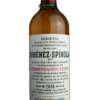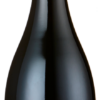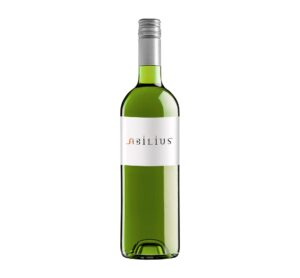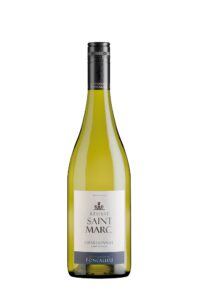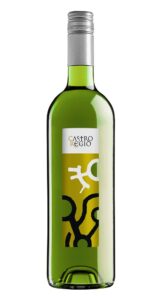Ximenez-Spinola, Exceptional Harvest 2018
£25.00 Including VAT
6 in stock
Tasting Notes
VISUAL: Wine of intense gold color, clean and bright, with an apparent density unusual for a white wine. The rotating glass leaves a trace of the glyceric tear typical of its natural fermentation. Over the years its intensity increases and the perception of old amber gold grows.
OLFATIVE: Intense nose, with exceptional aromas very typical of the late harvest: figs, raisins and plums, which are mixed with fermentative aromas and pastries, typical of aging on lees. It develops very marked aromatic memories of its variety.
TASTE: In the mouth light and intense in equal parts. So subtly unctuous that it is filling, but not tiring. The acidity and natural sweetness, play with the ripe and fleshy fruit, giving way to a continuous aftertaste in which the wood does not bother.
This wine is born from the overripening of the vine 21 days after the usual harvest, which makes the grapes that remain uncut on their dates of maximum water concentration, evaporates, acquiring a natural degree and sweetness, without becoming extremely concentrated. The final yield of this wine is only 575 liters per ton of grape, although occasionally it could be higher if the weather favors an early ripening, without losing much water.
It is fermented by controlling the temperature so that it can maintain residual sugar and later it is aged on its own lees, for 4 months in old American Oak barrels, which we previously wine with our oxidative aging wines. During its aging in wood, it is produced in a controlled “soft battonage” process in which the use of new barrels is avoided, so that the astringency and power of the oak, together with the intensity of its process, do not make the wine lose elegance or balance. final result.
The annual volume of bottles obtained varies depending on the weather conditions that may develop between the second half of September and the first of October. In any case, to date, more than 25,000 bottles a year have never been obtained, part of which remains on the property to revalue its good evolution. It is a white wine for aging with two great preservation factors that make it especially long-lived: the high total acidity at the start and the residual sugar, which mitigates the edges of the aging on the lees.
| Weight | 0.00000000 kg |
|---|
Related products
Best Sellers
New Zealand
Organic
Spain
South Africa
Mexico


